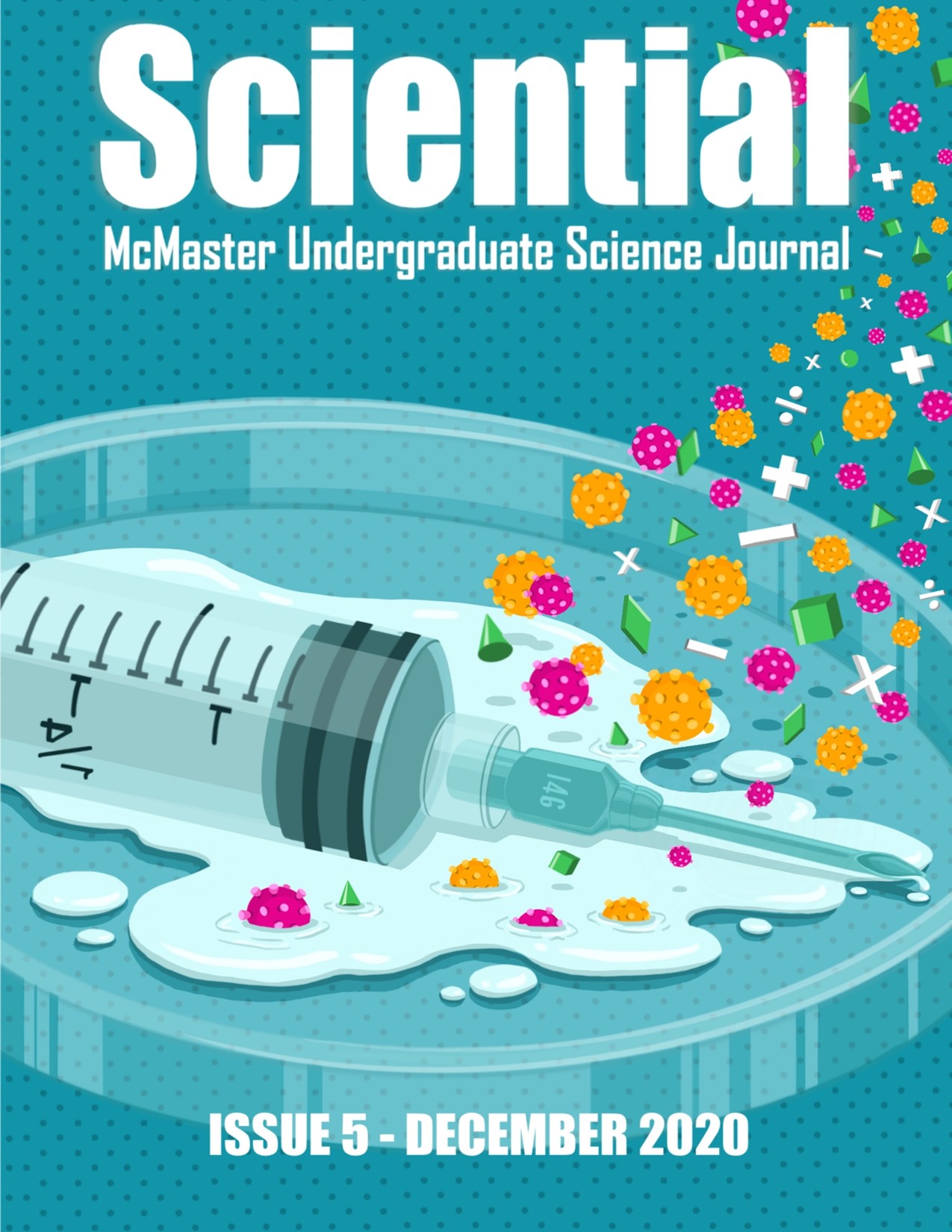The Implications of Vitamin D Levels in COVID-19 Morbidity and Mortality
DOI:
https://doi.org/10.15173/sciential.v1i5.2548Keywords:
Vitamin D deficiency, vitamin D insufficiency, vitamin D sufficiency, COVID-19 mortality, COVID-19 morbidityAbstract
Vitamin D is a steroid hormone known for maintaining bone health. Vitamin D deficiency is a 25-hydroxyvitamin D (25(OH)D) serum concentration below 25 nmol/L. In contrast, vitamin D insufficiency occurs at levels below 75 nmol/L. Vitamin D insufficiency and deficiency affect 70% and 30% of the US population, respectively. Emerging evidence associates optimal vitamin D levels with better clinical outcomes in COVID-19. This literature review analyzed three preliminary articles that explored associations between vitamin D levels, COVID-19 mortality, and risk of adverse clinical outcomes in adult hospitalized patients. Google Scholar was used to find studies that diagnosed COVID-19 with reverse transcription (RT-PCR). In a cross-sectional analysis, Maghbooli et al. (2020) reported that vitamin D sufficient patients had a significantly lower chance (9.7%, n=77, p=0.01) of severe COVID-19 complications than deficient patients (32.8%, n=158, p=0.01). This study is under review for diagnosis accuracy and sample size. A retrospective cohort study by Raharusun et al. (2020), which included active and expired cases (n=780), found that 98.9% (p<0.001) of vitamin D deficient COVID-19 patients and 88% (p<0.001) with insufficiency died, but only 4% of sufficient individuals died. Lastly, a retroactive cohort study by Meltzer et al. (2020) reported higher rates of COVID-19 infection, 21.6% (95% CI, 14.0-29.2%), in vitamin D deficient groups (n=172), compared to 12.2% (95% CI, 8.5-15.4%) in sufficient groups (n=327). The 25(OH)D levels were measured within one year of COVID-19 testing. All studies controlled for age, sex, and comorbidities, while the first controlled for BMI and smoking, and the third controlled for race. Vitamin D sufficiency may activate the innate and adaptive immune systems, leading to an antiviral response. Receptor binding of vitamin D on neutrophils and macrophages stimulates cathelicidin expression, an antibacterial peptide. Macrophage and T-regulatory cell quantities also increase. These results reveal the need for randomized controlled studies of vitamin D sufficiency as a potential mitigator in COVID-19 outcomes.
Downloads
Published
How to Cite
Issue
Section
License
Copyright (c) 2020 Sciential - McMaster Undergraduate Science Journal

This work is licensed under a Creative Commons Attribution-NonCommercial-ShareAlike 4.0 International License.
Authors submitting to the journal must adhere to the terms of Attribution-ShareAlike 4.0 International (CC BY-SA 4.0) license as outlined below:
1. You are free to share (copy and redistribute) any material from this journal, granted you have given appropriate credit, provided the link to the license, and indicated whether changes were applied to original work.
2. You are free to adapt (remix, transform, and build upon) any material from this journal, granted you distribute your work under the same license.



